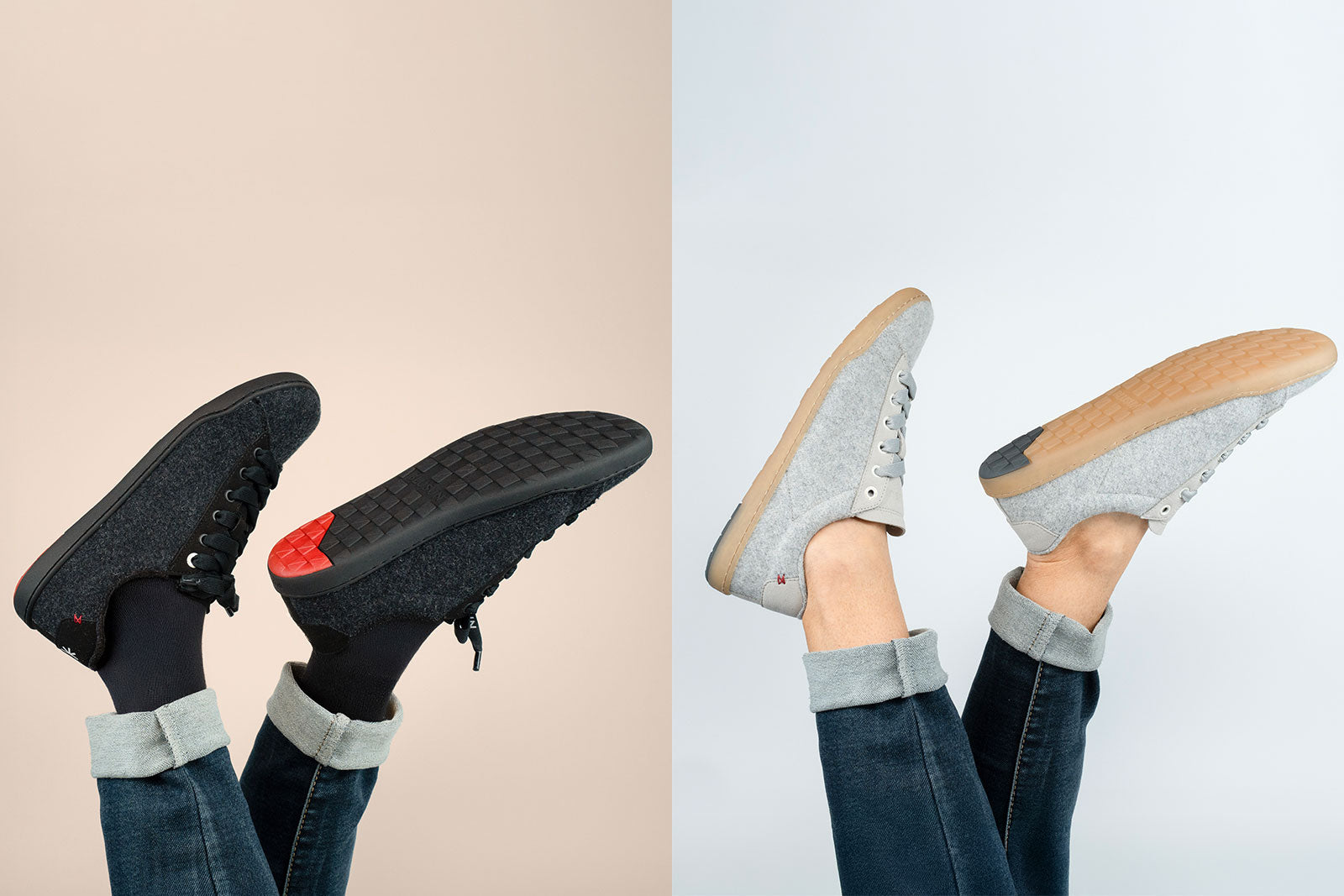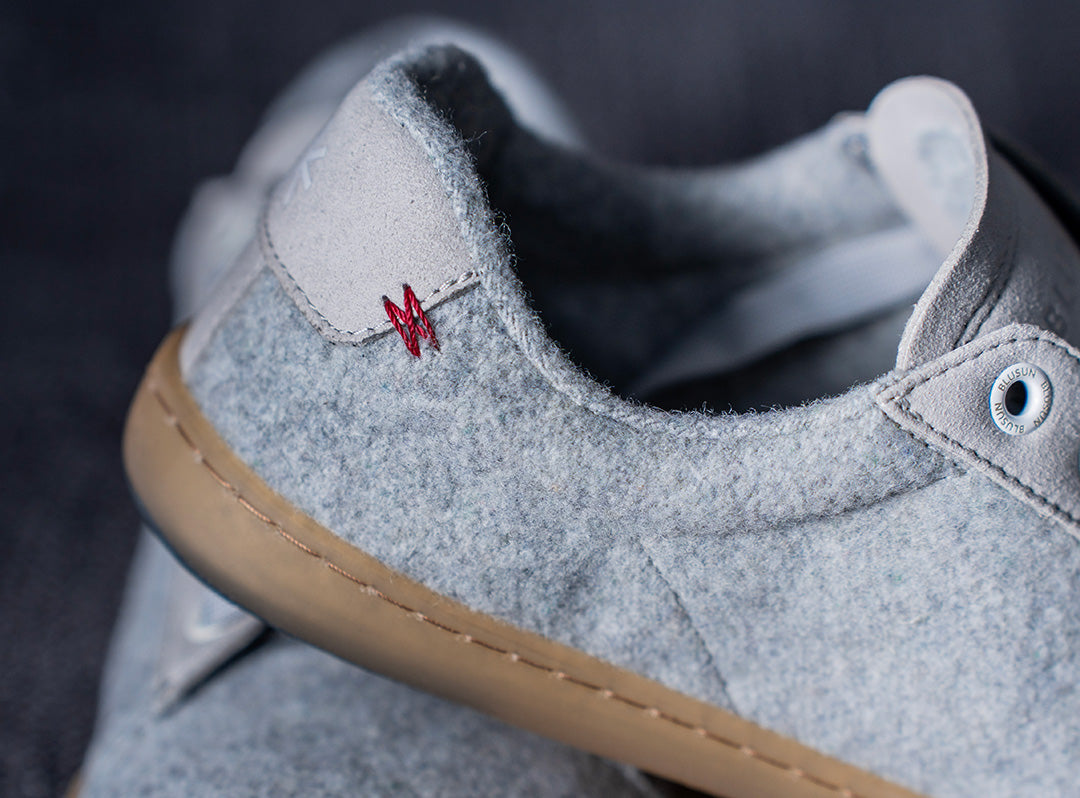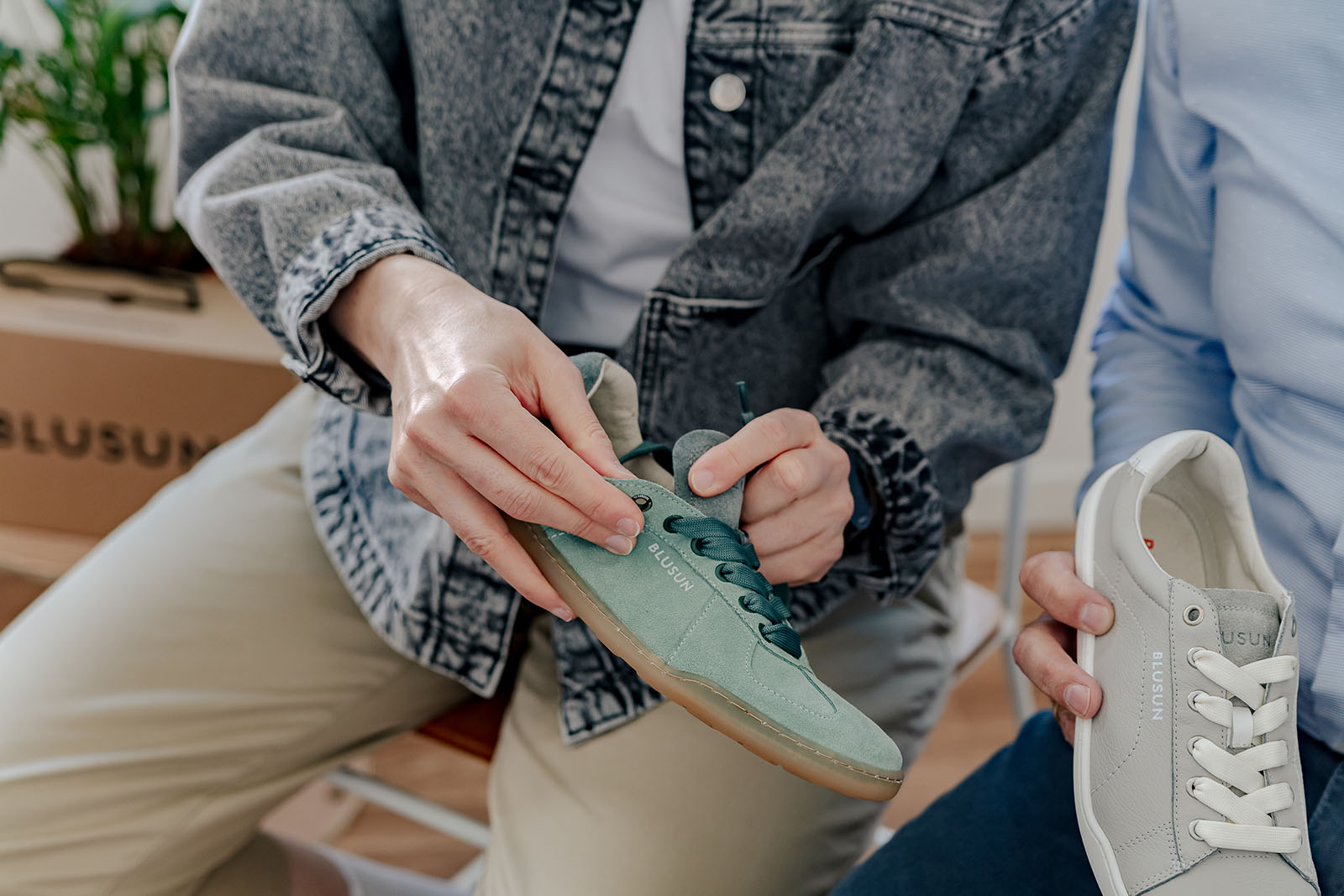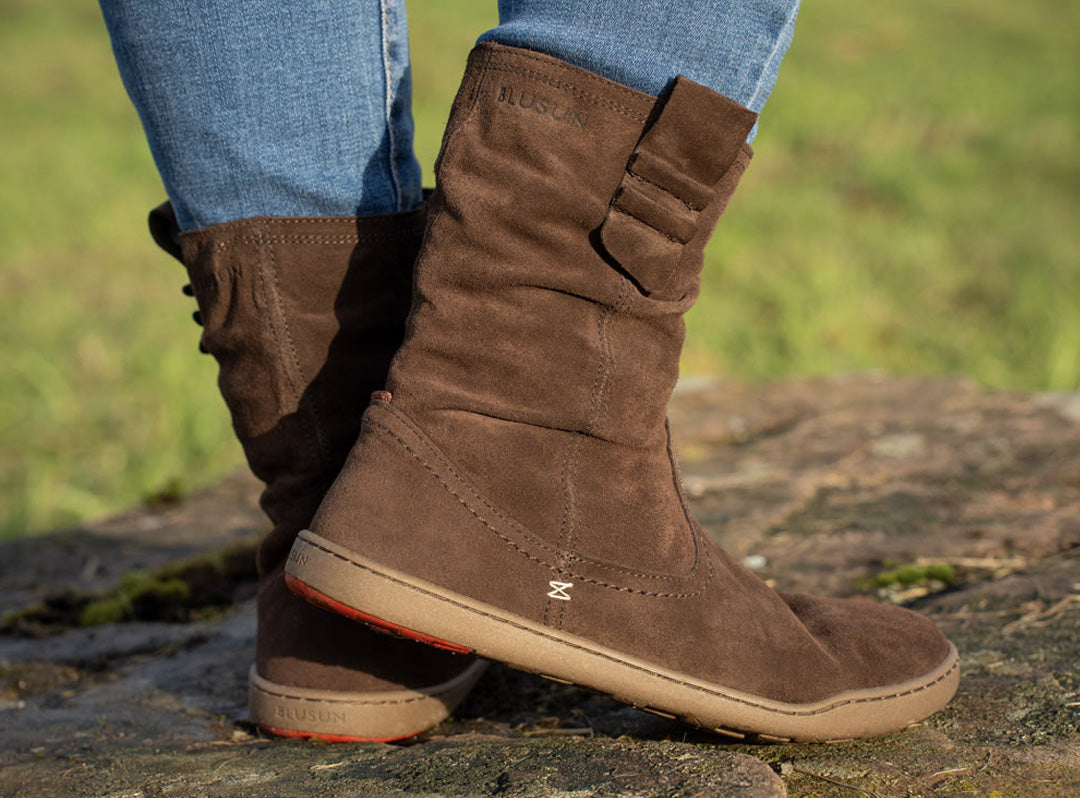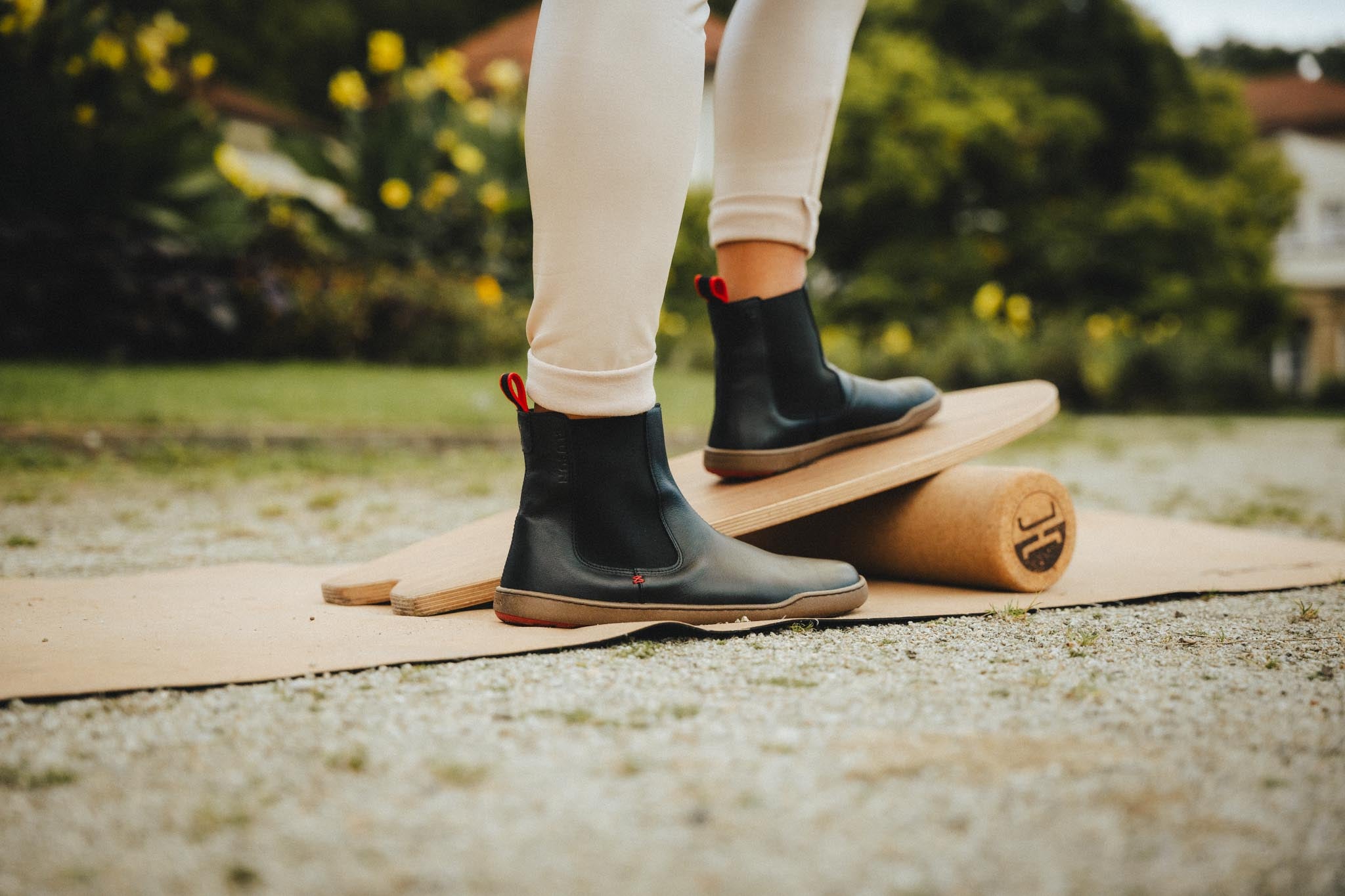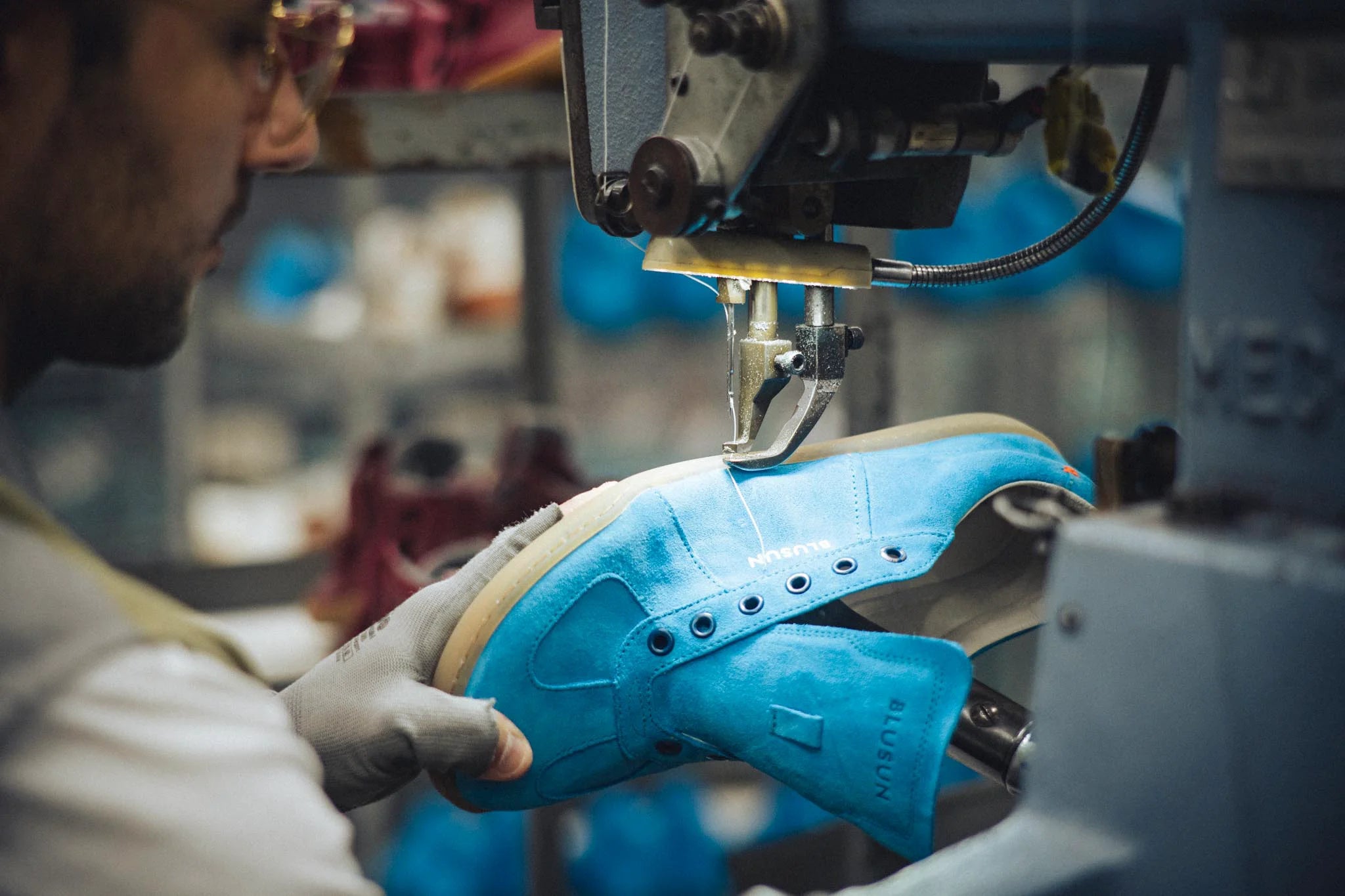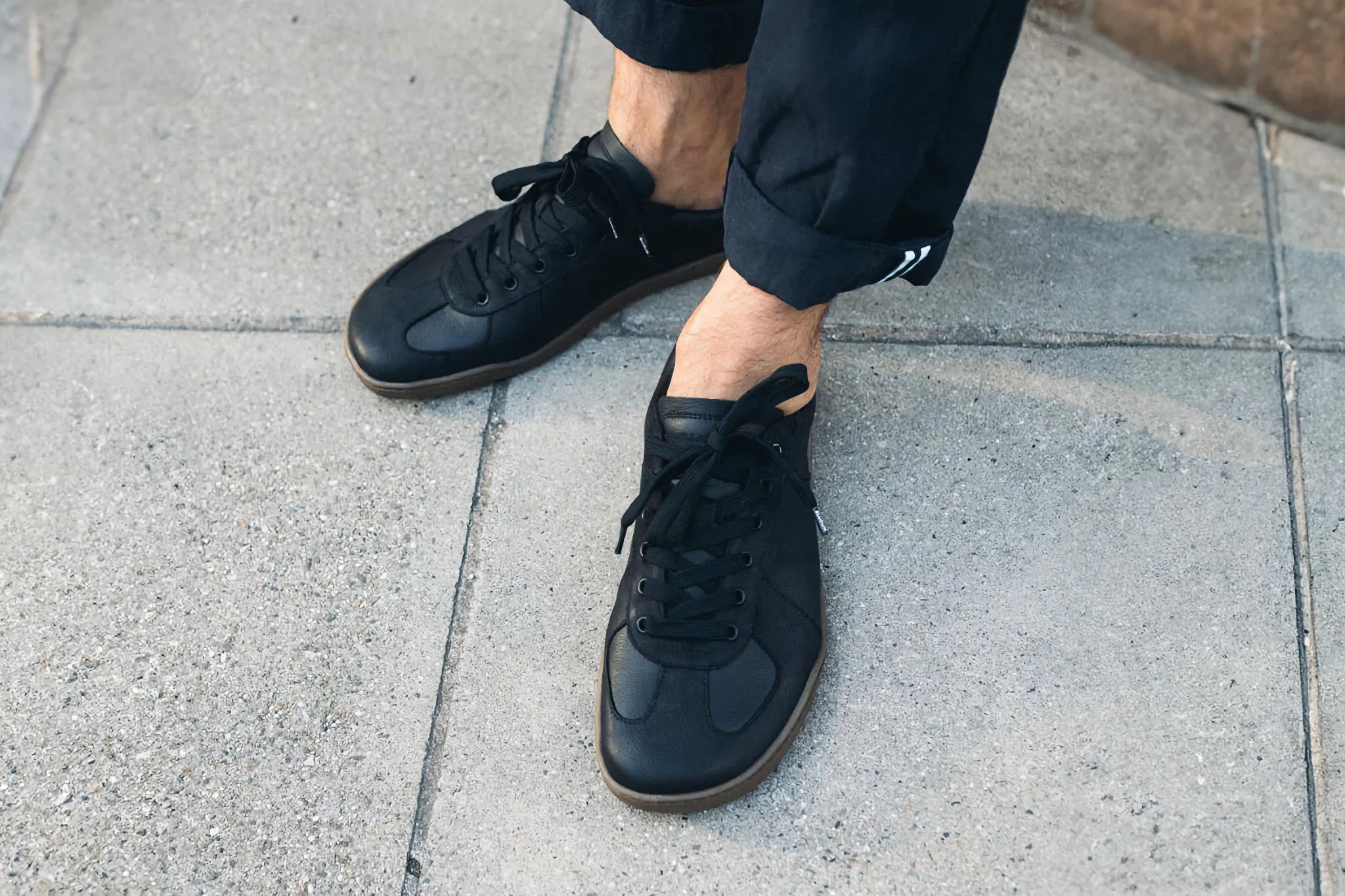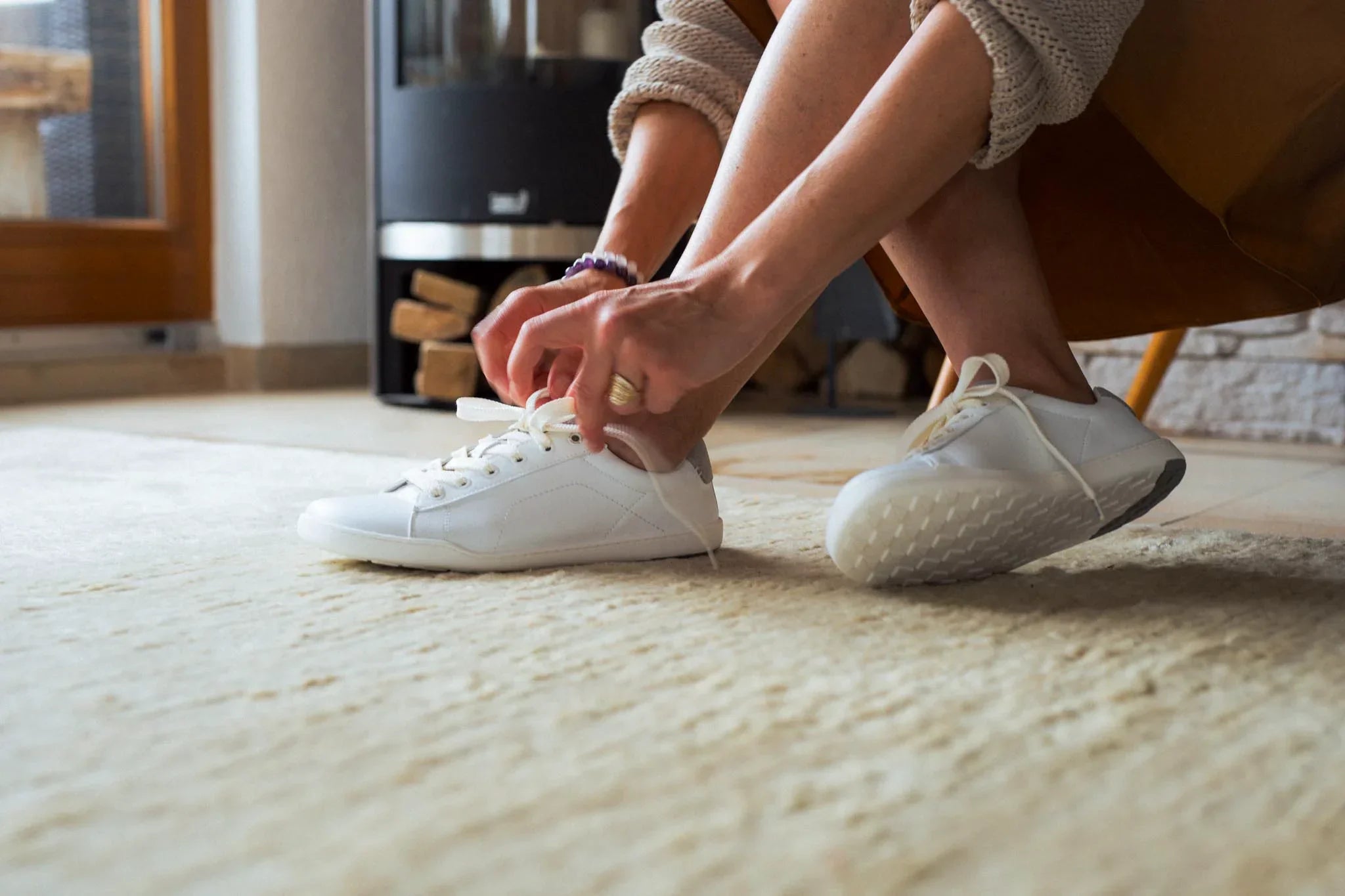
Healthier feet thanks to wider shoes.
Because every footprint counts.
Today, about 60 percent of adults suffer from foot problems, even though 98 percent are born with healthy feet. A large part of these problems is acquired over the course of life and is partly attributed to shoes that are too tight and uncomfortable – or simply unhealthy.

Wonder of the foot.
Our feet enable us to walk, run, balance, and jump. They are our contact point with the ground, a sensitive sensory organ, and provide us with balance and stability. The complex interplay of 114 ligaments, 33 joints, 20 muscles, and 26 bones is responsible for managing these various tasks. Together, all these components form a longitudinal and a transverse arch. These act as highly efficient and resilient shock absorbers. And they need to be, as a person walks around the earth three times over their lifetime – on foot, mind you – and the feet are subjected to an average weight of 2500 tons daily. To withstand these burdens permanently and without restrictions, unrestricted foot function is essential.
Feet need space.
If you place your bare feet next to a normal or normal-width sneaker or shoe, you will quickly notice that your feet are wider than most shoes. Under load, this effect is even more pronounced, as the spring-like foot arch lowers and the toes spread apart. This leads to further widening of your foot and an increased need for space. Moreover, most shoes do not match the proportions of the feet and do not provide enough room for the feet or individual toes to roll off properly. Under these circumstances, it is easy to imagine that shoes that are too narrow and not shaped according to the anatomy of the foot restrict foot function and rob it of its natural function as a perfect shock absorber.
Consequences of tight shoes.
Narrow shoes can exert pressure on various parts of the feet. This not only restricts the wearing comfort and convenience but can also promote the formation of pressure points, blisters, and calluses. In addition to these rather minor consequences, long-term wearing of narrow shoes can lead to serious conditions such as hammer toes, flat feet, a stiff big toe, and hallux valgus. These foot deformities can, in turn, lead to wear and tear of the joint cartilage and irreversible osteoarthritis. Back problems can also be a consequence of tight shoes. This is because they disrupt natural movements, which can lead to tension and imbalances that extend from the foot through the calf and hip to the back.
Prevention is the best medicine.
To prevent any foot and back problems, it is advisable to wear comfortable, anatomically correct, and wide shoes. In particular, barefoot shoes are suitable. They provide enough space for the feet and toes to function naturally without hindrance. Especially in combination with the thin, flexible, and heel-less sole, the feet can unfold freely in barefoot shoes, become strengthened, and serve as a basis for natural movements. However, barefoot shoes not only serve as a preventive measure, but people with existing foot and back complaints can also benefit from their advantages and experience relief.
